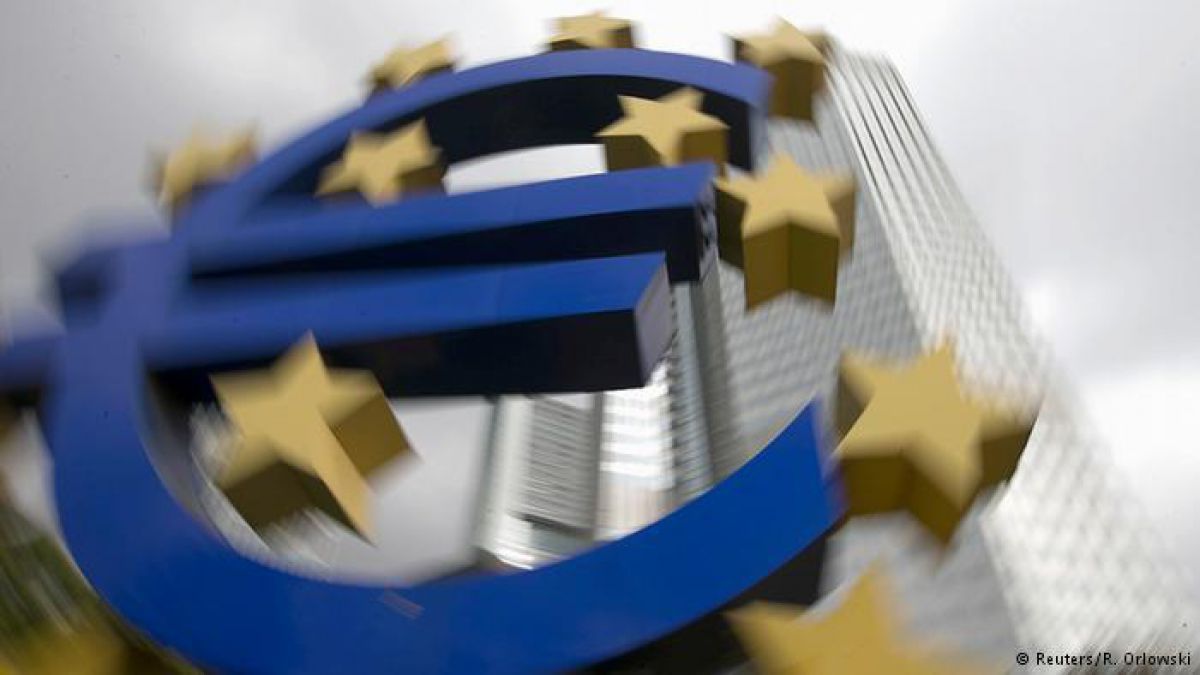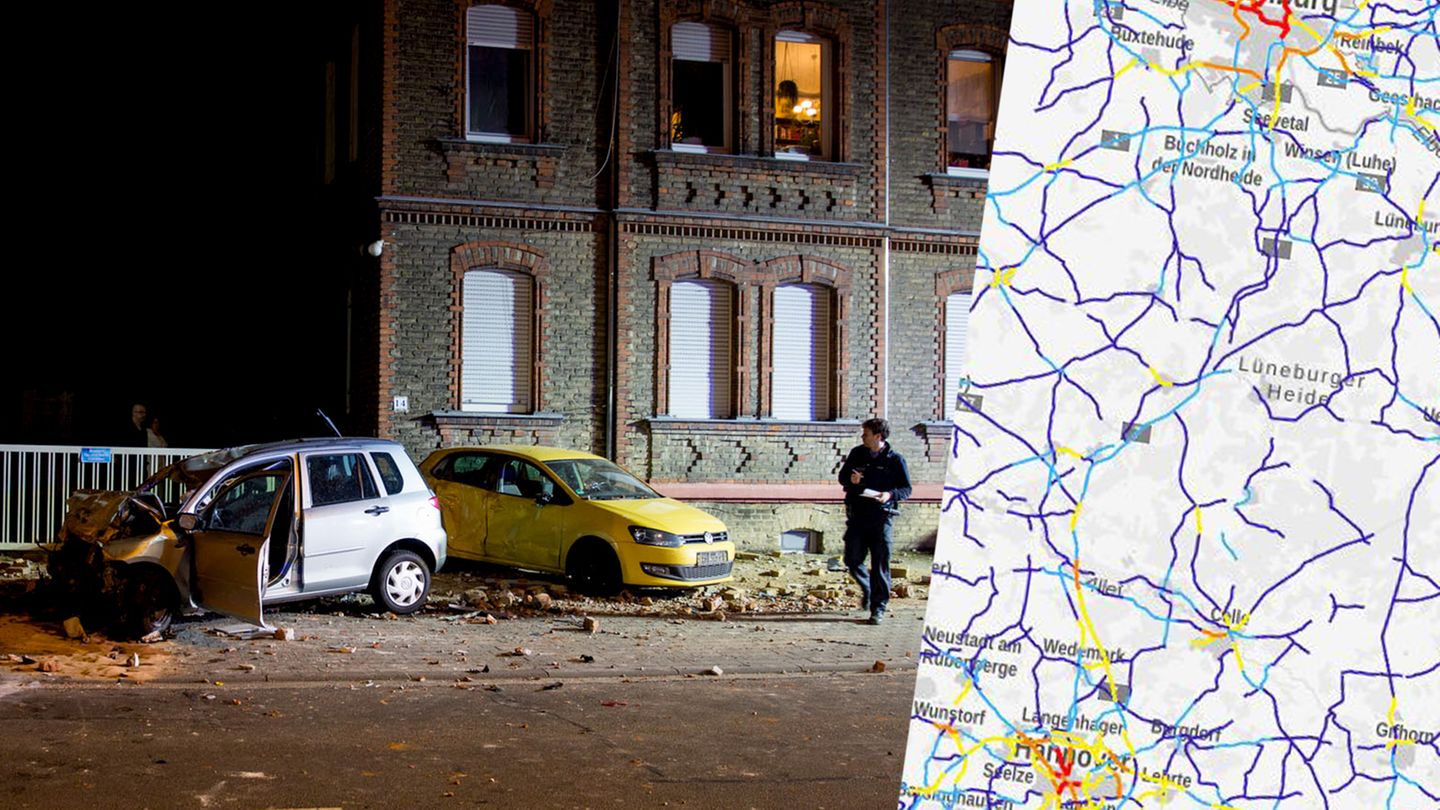Year-on-year inflation in the euro area maintained its upward trend in December and reached 2.4%, in an indicator driven by a slight increase in energy prices. The index had reached its lowest level in more than three years in September 2024, at 1.7%, but from there it regained its upward momentum, until it was once again above the 2% goal established by the Central Bank. European (ECB).
According to the European statistical agency Eurostat, the general result for December was influenced by a 0.1% readjustment in energy tariffs, a segment that in November had fallen 2.0%. At the same time, processed foods (which are measured together with tobacco and alcoholic beverages) had an increase of 2.7% in December. In turn, the services segment experienced an increase of 4.0%.
How price data is disaggregated
The Core inflation – which eliminates energy and food rates from the calculation – remained stable at 2.7% in December, the same level since October last year.
Of the largest economies in the bloc, Germany recorded inflation of 2.8% in December, France 1.9% and Italy 1.4%. Spain, in turn, registered 2.8% and Portugal 3.1%.
Belgium ended up with the highest year-on-year inflation, of 4.4%, and at the other end of the table, the Republic of Ireland recorded the lowest indicator, of 1.0%.
The market looks at the European Central Bank
As occurred during the second half of 2024, The inflation result focuses attention on the eventual reaction of the ECB, which could cut its base rates at a more moderate pace.
For Jake Allen-Reynolds, an expert at the consulting firm Capital Economics, the persistence of inflation in the services sector “means that the ECB will probably continue to cut interest rates but more slowly.”
Eurozone inflation had reached levels above 10% at the end of 2022, but the ECB’s action made it possible to put a drastic brake on that trend.
Nevertheless, In 2024, the ECB began a slow process of cutting its interest rates, following signs of generalized economic fragility.
What European inflation analysts say
For its part, Charlie Cornes, senior economist at the Center for Economics and Business Research (CEBR, London), said wait that the ECB “act cautiously in the coming months“We project that the ECB will only cut rates once in the first half of this year, with additional cuts concentrated in the second half of 2025,” he noted.
Peter Vanden Houte, economist at ING bank, expressed his expectations in the same sense. “We still expect the ECB to continue cutting interest rates, but the pace of easing is unlikely to accelerate,” he said.
The president of the ECB, Christine Lagarde assured in her New Year’s message that the bank would focus this year on continuing to control inflation. “We have made significant progress in 2024 to reduce inflation and hopefully 2025 will be the year we reach the planned goal and foreseen in our strategy,” he said in a video published on the social network X.
“We will continue our efforts to ensure that inflation stabilizes sustainably at that medium-term target of two percent,” he insisted.
Source: Ambito




